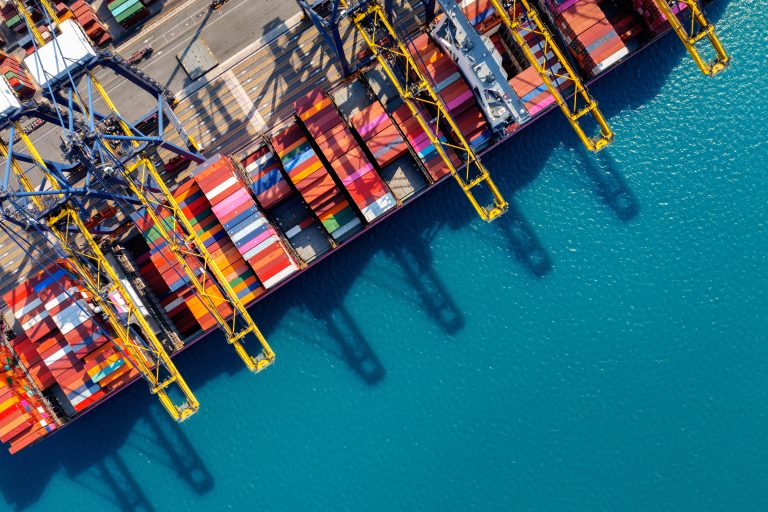Innovations in the maritime sector have come thick and fast in recent years. One key change has been a clear shift from metal to plastics as much as possible in maritime manufacturing projects. The benefits of plastic injection moulding are clear – lighter weights, better waterproofing properties, no risk of rust or corrosion. The plastic injection moulding methods are also ideal for creating custom parts and components that fit exactly into larger mechanisms, fittings and ship engines.
What maritime applications can plastic injection moulding be used for?
As with other sectors, there are a huge array of applications that can benefit from plastic injection moulding in the maritime industry. The materials used offer low weight and high strength with notable reductions in costs and manufacturing times. Smaller plastic injection moulding applications include tie-downs, clasps and locking features, while larger and more complex items can encompass decking, cabin furniture, anchoring and docking hardware, antennae equipment, ventilation and plumbing. The process can also create hardwearing, waterproof, flexible and fray-resistant ropes, for use in a large number of applications and practical tasks onboard a vessel.
Strength and weight-based advantages
When out on the water, keeping things as light as possible when it comes to weight is a huge advantage. However, it is vital not to compromise on strength and durability. The lives of the crew can depend on equipment working as it is supposed to on a vessel or ship. Plastic offers excellent strength to weight ratios and can withstand repeated use and demanding external conditions. It can stand up to salt corrosion, prolonged and repeated contact with water and frequent changes in temperature. There is no need to add any additional corrosion resistant or waterproofing layers, which also helps keep the weight down. Plastic can also have thin walls in some applications, reducing weight even further and increasing buoyancy.
Accuracy meets flexibility
Plastic injection moulding can produce highly accurate measurements and shapes to fit exactly into the space they have been designed for. For applications that must remain watertight this is highly important. Often, plastic injection moulding can offer tighter tolerances in this regard than using alternative manufacturing methods or metal. Plastics can also be chosen and formulated for very specific applications. This makes it a highly flexible material to choose for maritime manufacturing. For example, different types of plastic can be chosen to withstand high or low temperatures, lengthy exposure to water, tidal movements and even ice. Plastics can be made in different colours or textures/embossing to add aesthetic appeal or confirm to a maritime company’s logo or brand.
Lower costs, quicker production
Plastic injection moulding offers other advantages to the maritime sector around production costs and timelines. Often, timings are tight in ship production and vessel
repair. So, being able to rely on a quick, efficient process is key. Components that can be designed, moulded and delivered to schedule will help prevent delays happening further down the line, which can be costly for shipowners and their crews. A good number of components on a ship can be bespoke, especially at the luxury end of the market. Signage, branding, furniture and fittings can all be expensive to create if they are one-offs made from metal. However, with plastic injection moulding, customised parts can be produced using lower cost raw materials at a competitive rate and manufactured to a high standard with an aesthetically pleasing finish.
Environmental working
Today’s shipping industry places sustainable working practices and environmental concerns high up the agenda. Alongside that, recyclable plastics are being used more and more in manufacturing processes like plastic injection moulding. This should give shipowners and companies greater confidence to use plastic injection moulding techniques on their vessels. Not only are the materials used increasingly able to be recycled, the robust nature of the plastics mean that they can last longer and withstand greater pressures before items have to be repaired or replaced. That keeps broken or obsolete parts out of landfill for longer. It also helps prevent plastic from breaking off and falling onto the seabed. Having less broken plastic in the seas and oceans can help keep sea creatures safer, adding to the environmental appeal of plastic injection moulding for the maritime sector.

